Just over a year ago I started working at Writers’ Centre Norwich, primarily to help deliver the International Literature Showcase. I wrote about my reasons for changing job over here. Last week, 20-23 June, saw the ILS converge on Norwich for its physical portion, shifting from a digital project to a conference-ish setup.
I learned a few things.
Print is terrifying
For a decade and a half I worked almost exclusively in the digital realm: blogs, videos, forums, websites. All of those, one way or another, include an ‘edit’ button.
Literature ain’t like that. It’s about books, innit? Aside from the primary product that drives the entire sector, print also plays a major part in events, whether that be a simple flyer to promote an upcoming festival, a series of posters to stick up around the city, or placards and interior maps to help guide audiences around a space. These all have unique challenges, not least that you often have to print in bulk (although this isn’t nearly as bad as it used to be) and that once ink is committed to page there’s no going back.
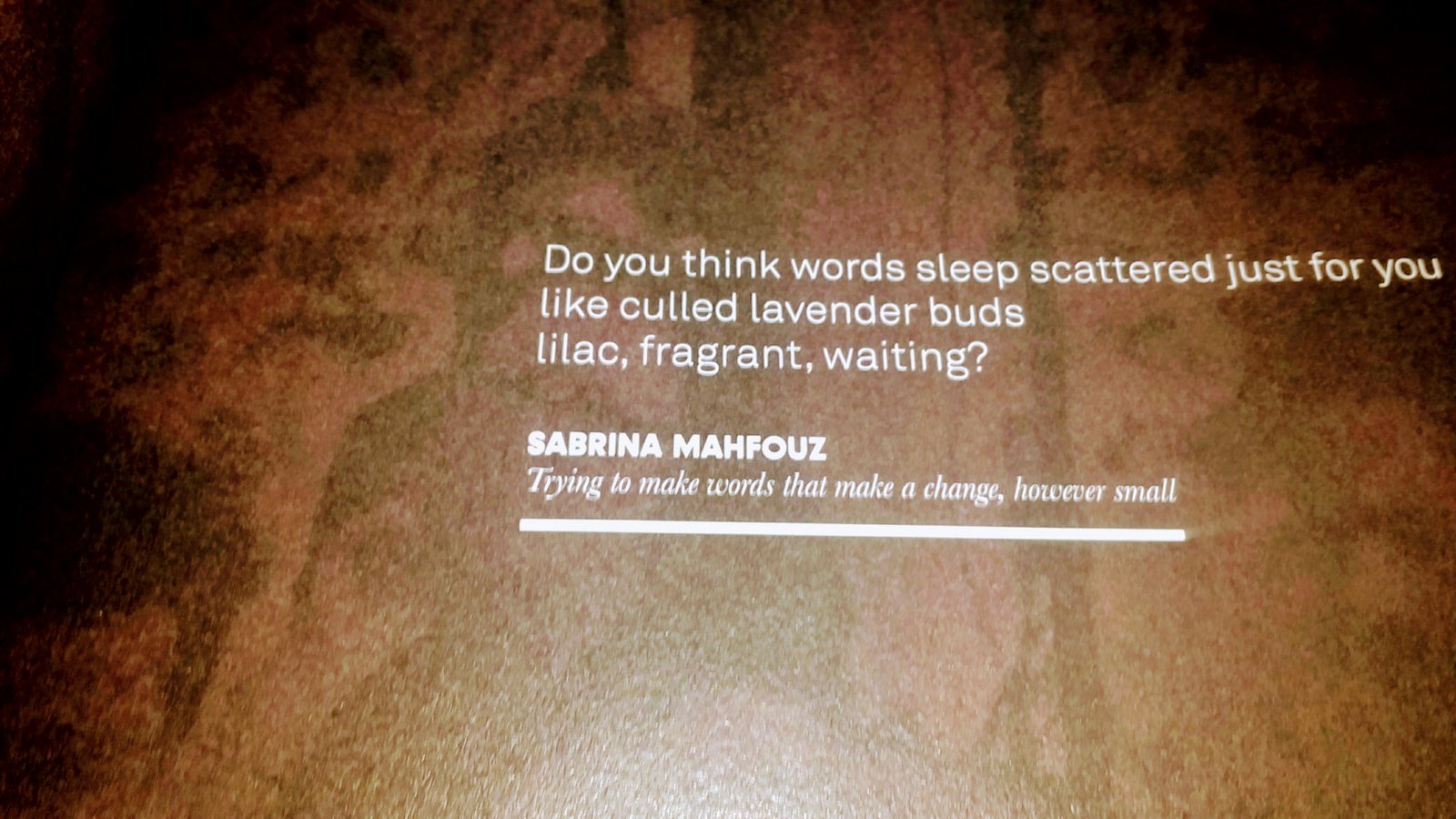
Brochures are the worst. These are the fancy-pants items which are given to attendees, which have to simultaneously outline a lot of fine detail and instantly sell people on the thing they’ve just shown up to. They’re premium affairs which have to impress, while also being practical.
The ILS brochure was a case in point. I’ll probably write about its specific design in a separate post, but let’s just say that working on the concept, copy and design and getting it all ready in time for the event ended up with me operating at Peak Stress. Having to fully commit to production of an item without being able to patch it or fix bugs post-release is a truly horrendous and masochistic exercise.
Tell you what, though. The thing is absolutely beautiful.
Live streaming is still a bit fiddly
We live streamed the whole week, either from Dragon Hall or the Cathedral Hostry. Getting solid, stable bandwidth in 15th century buildings is a bit of a pain, as I expected. What I hadn’t expected we quite how location-specific this could be – shifting three metres in a room could be the difference between a smooth, high quality video stream and a glitchy, patchy connection.
I also discovered the gulf between testing and the on-the-ground reality of running something on this scale. All the extensive testing in the world doesn’t quite prepare you for four consecutive days featuring 80 participants and back-to-back sessions.
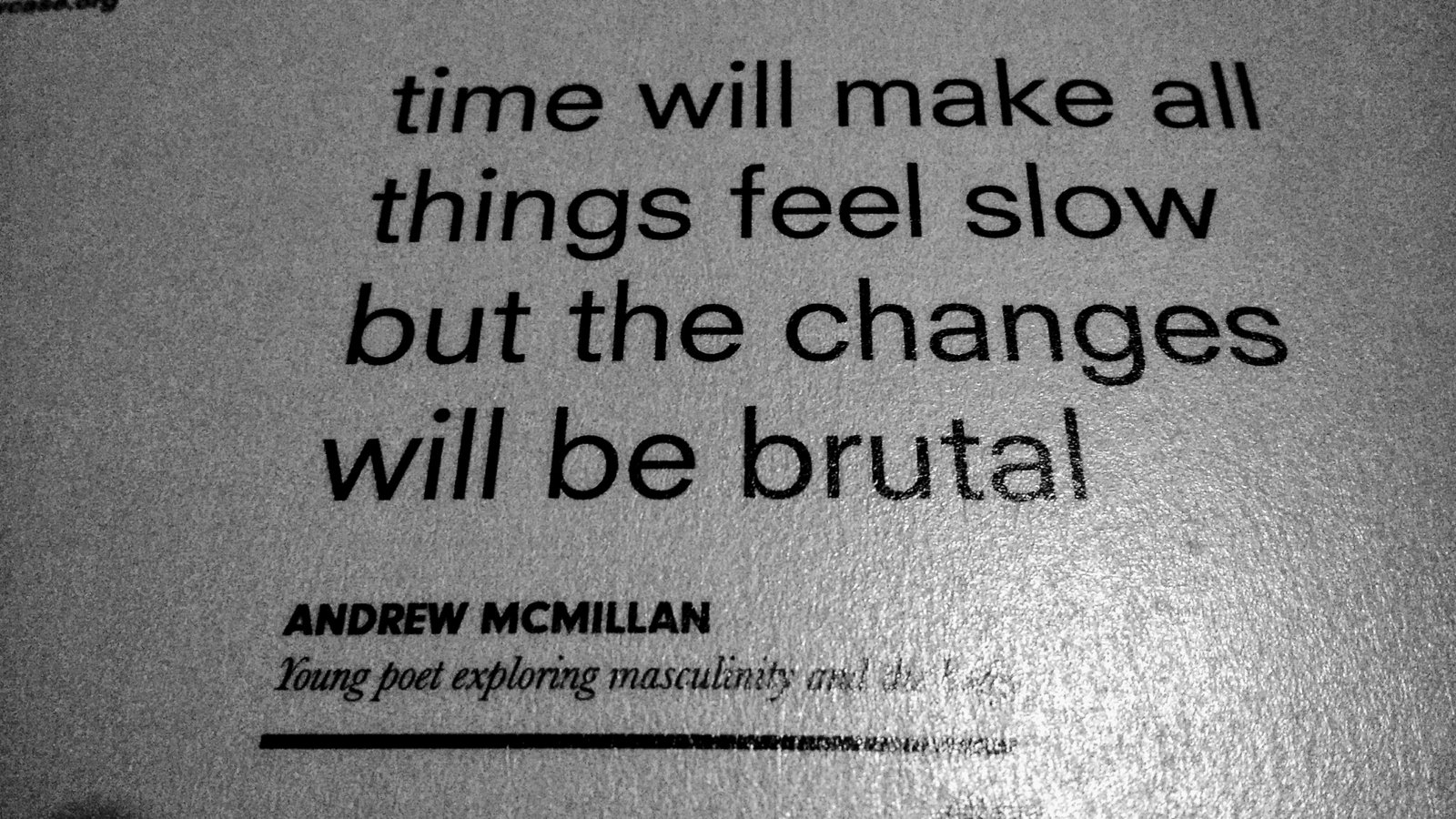
When you’re running at that pace, even simple practicalities like backing up and clearing SD cards and charging batteries become an exercise in extreme precision and timing. Any bottlenecks along the way can be bad news.
The week of the ILS also coincided with the hottest week of the year in the UK, which meant that hardware overheating became a genuine concern. Again, something you can’t really predict or test for in advance.
Slack is an incredible event management tool
We’ve been using Slack at WCN since July 2016. It’s an integral part of how the comms team functions and plays a major role in lots of other areas of the organisation as well. The ILS in particular has been a bit of a trailblazer, deliberately embracing newish concepts (to the literature sector), with the likes of Slack and Trello enabling the project to be worked on in a pseudo-agile manner, iterating much faster than had we operated in a more traditional way.
I’ve used live chat as part of my working day my whole adult life, so none of this is a surprise. However, I’ve never used it in during a multi-day physical event before. Turns out that using Slack during panels, discussions and author readings completely transforms a venue’s ability to present a slick experience to audiences.
Any time something needed tweaking or fixing, from small things (the mics need turning up a bit) to big things (the live stream has just died!) to tangential logistical stuff (this delegate’s hotel is being weird), communicating via Slack enabled us to share the issues around the team as they arose and often fix them instantly, without anyone having to actually move or cause a visible fuss.
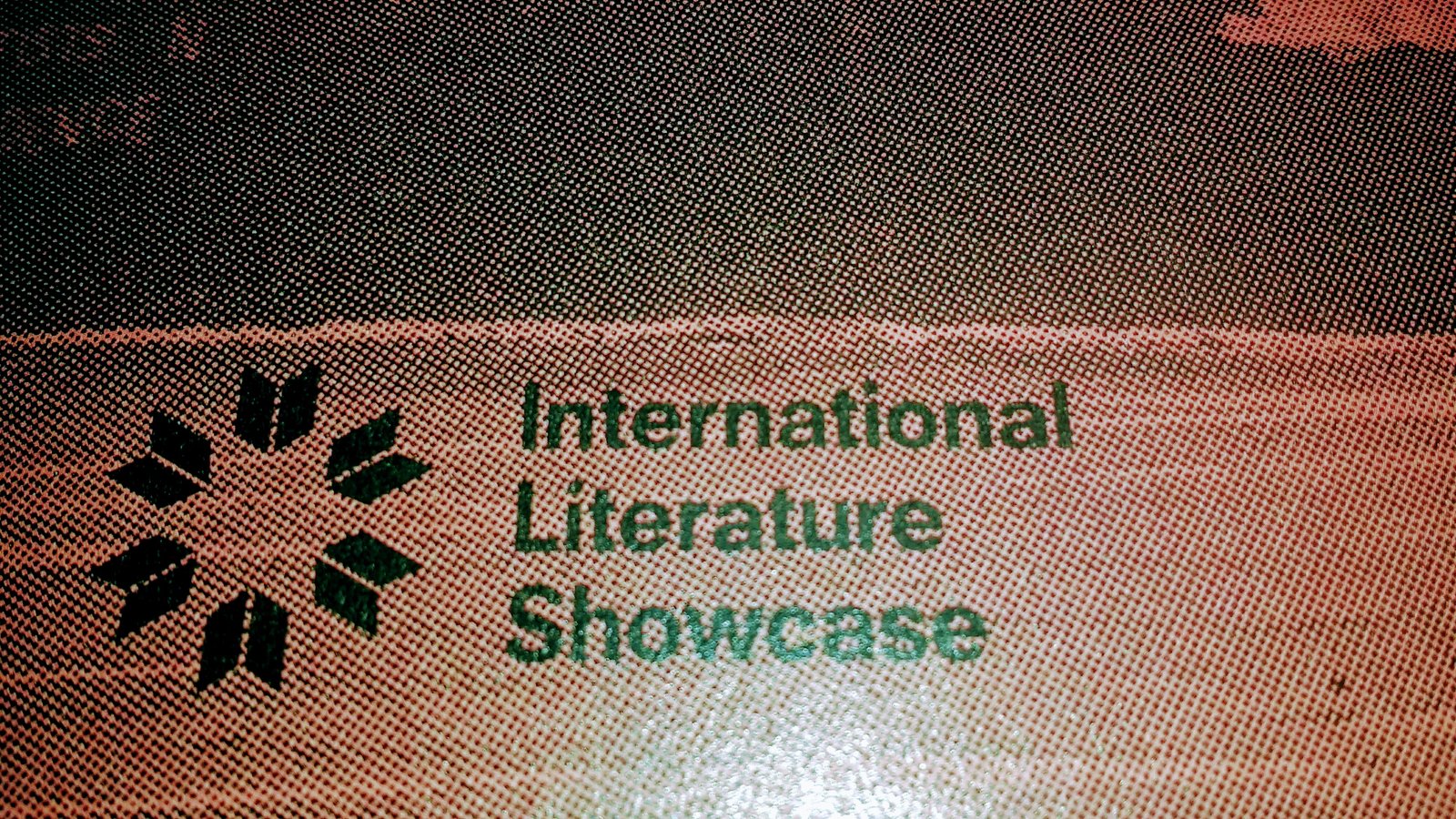
If I wanted more light in the room to aid my filming and photography, I could simply message the person on the tech desk, who would make it so. If the main lights to the room were, in fact, at the front near the stage, then I could message a colleague down that end of the room, who could quietly flick them on. No need for disruptive and distracting movement, or – even worse – awkward whispered conversations at the back.
Issues were identified and solved instantly and silently. I highly recommend integrating it into your event management and making sure that all staff are able to communicate easily in this manner. It requires investment, of course, so that the technology is available, but it provides an invisible boost to how you work which has the potential to transform the audience’s overall experience and perception of the event.
People are pretty great
Get 80 people in a room for a week, drawn from all around the planet to discuss better ways to work together, and you end up with an affirming ideas factory. Combine that with beautiful, top-of-their-game readings and performances from the likes of Sophia Walker, Harry Giles, Patrick McGuinness and Sarah Howe and the week transforms rapidly from a Busy Work Week to an Inspirational Writing Week. Every day I was operating 90% as WCN’s Digital Marketing Manager and 10% as Simon K Jones the writer.
I’d never worked on anything remotely similar to ILS Norwich. Now I have. What a huge privilege.
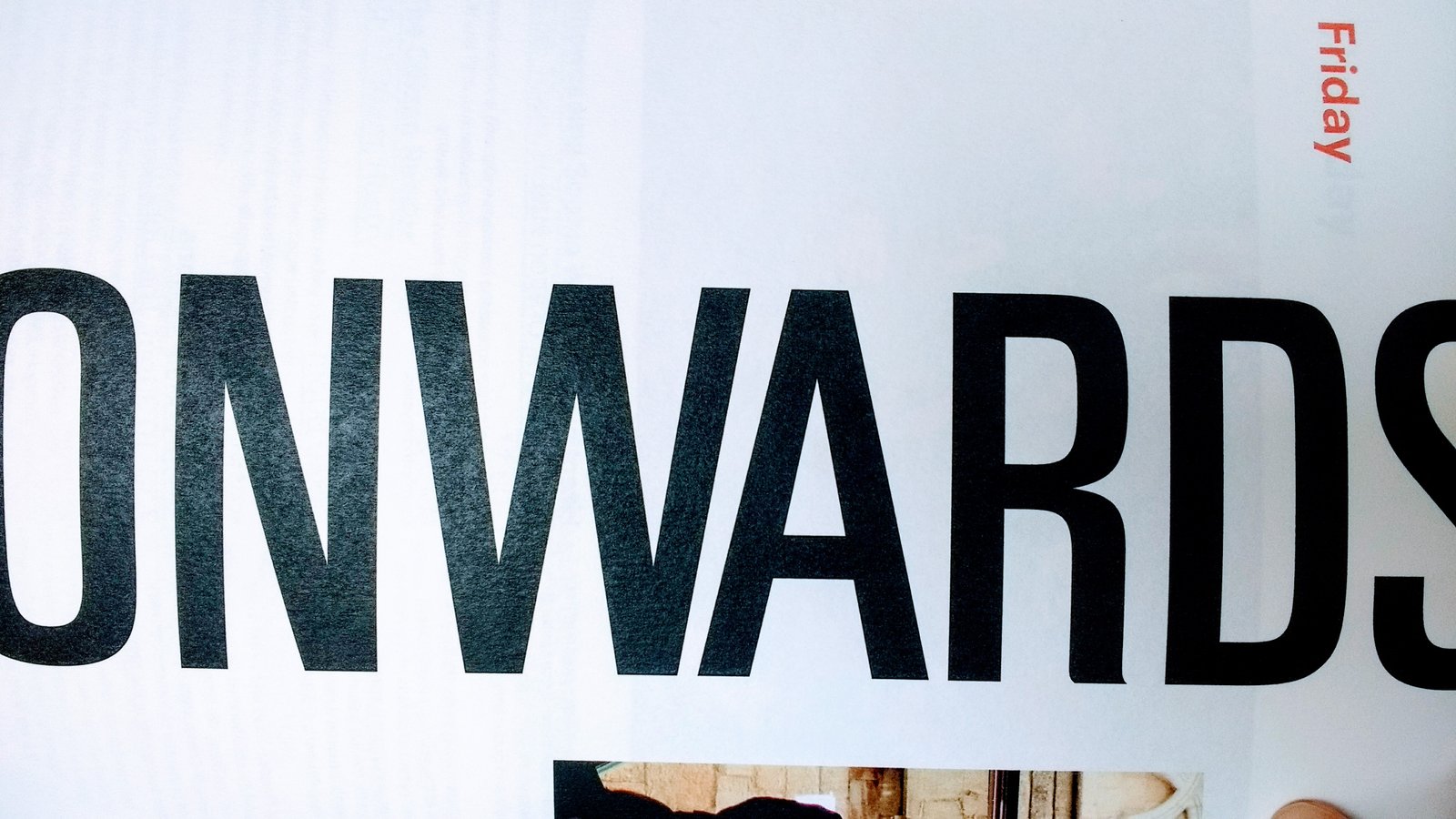

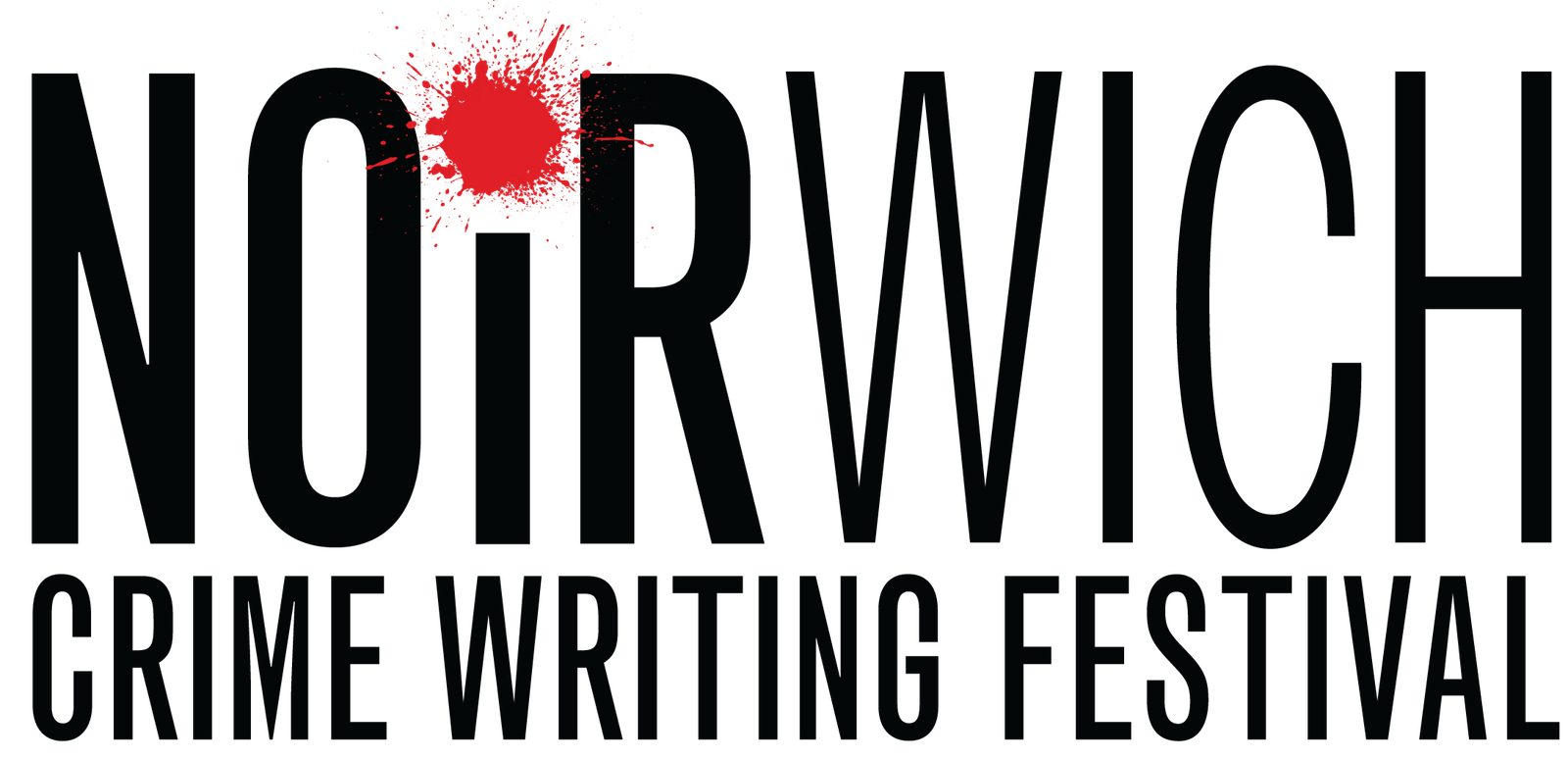

0 Comments